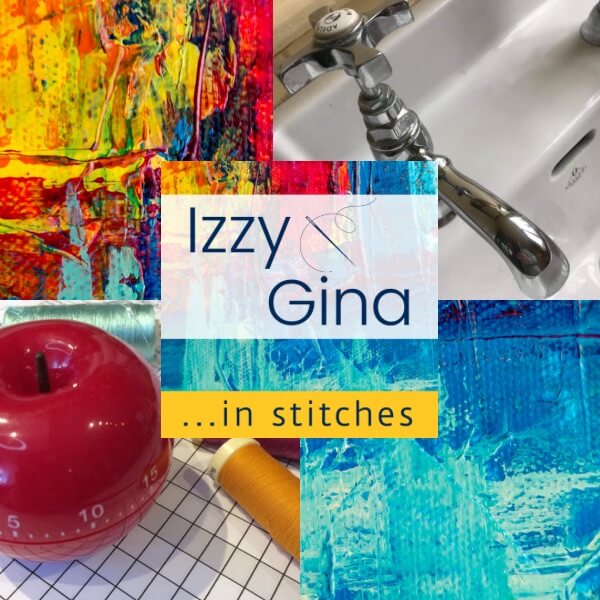If it’s your job to eat a frog, it’s best to do it first thing in the morning. And if it’s your job to eat two frogs, it’s best to eat the biggest one first.
attributed to Mark Twain, although it probably wasn’t…
In this episode Gina and I talk about Time Management, how we stay organised, how we prioritise and how we get stuff done! “Eating the Frog” is one of the time management techniques discussed, as well as how we decide what is or isn’t important – frog identification!
We’re both fans of Bullet Journals to record our day-to-day to-do lists. Gina is better at cracking on through her list, while I sometimes need a push to get started. I find the Pomadoro method works really well at getting me started, and I’m a massive fan of tick-lists: I like to have a physical list where I can tick things off with a pen, creating a visual record of what I’ve done and what’s left to do as well as the satisfaction of crossing things through. I also like to have print-outs of documents and receipts, and find it difficult to do my record-keeping without an actual piece of paper to look at. This is one of the reasons my desk is buried under piles of paper!
Once I’ve started a task, I can then find it hard to stop and make time to do all the other things – whereas Gina is much better at finding the balance between work and rest. It all comes down to prioritising, something I find difficult! I also struggle with working out whether I’m an owl or a lark, in terms of my preferred time of day for doing things. I’ve concluded that I’m a combination of both – I love the freshness and calm of early mornings, but I also have another burst of energy around the time I should really be getting to bed.
While my studio can often look as if a whirlwind has blown through, I like to think of it as a “working mess” where I know where everything is, even if it is piled up in a heap. Despite this, I do like things to be clean and over the years I’ve tried various ways to incorporate cleaning chores into daily life. As with a lot of things – including creating art – if you’ve experimented with different techniques, some will fall by the wayside and some will stick. The cleaning method that has stuck around the longest for me is the approach set out by Diane in Denmark. I definitely don’t follow it religiously, but the important things have stuck – I always have a shiny sink!
Mentioned in this episode are the fantastic sketchbook and art textile courses I’ve recently taken with Tansy Hargan of Palimpsest Parade and Jane Davies.
Gina has signed up to a painting course with Gabriel Lipper and is creating some wonderful paintings. In her latest ones, she’s been looking at tone to create a strong composition. She’s also been taking part in life drawing classes hosted by Newlyn School of Art in Cornwall.
Taking courses, keeping ourselves actively learning new things is all about filling the well of our own creativity – something mentioned in The Artist’s Way by Julia Cameron. I read this book many years ago, and I’m considering doing so again. Once I’ve finished all the other things!
While I’ve been doing my mini collages and sketchbooks, I’ve been listening to Mel Giedroyc Quilts a podcast started last year. There’s just one season for now, but it’s a lovely listen – and very funny, too. Both Gina and I are seriously tempted to start a bit of patchwork on the side!
Also mentioned is a rich seam of crime drama TV that I’ve just discovered, and Kombucha… with or without sloe gin! This is my favourite kombucha – well worth a try if you’re new to the whole concept of a fermented tea.
As always, we’d love to hear from you with your thoughts on the episode. Please consider subscribing wherever you listen to podcasts – it really helps other people find us, so spread the word!
Thank you for listening!
The music is Dear Autumn by Ikson and you can find it at https://soundcloud.com/ikso
